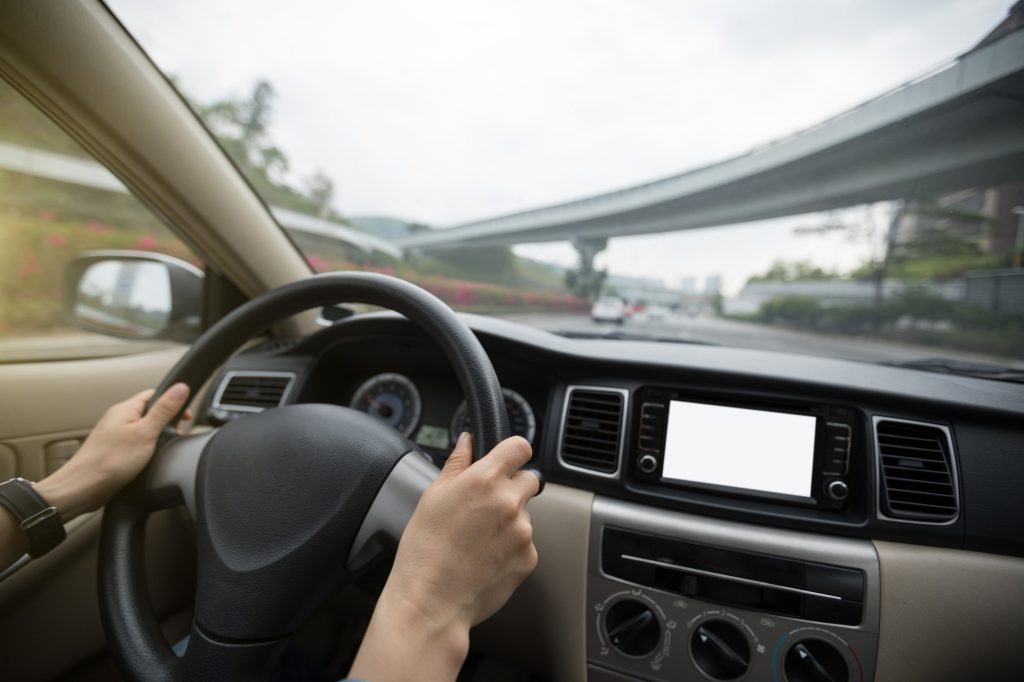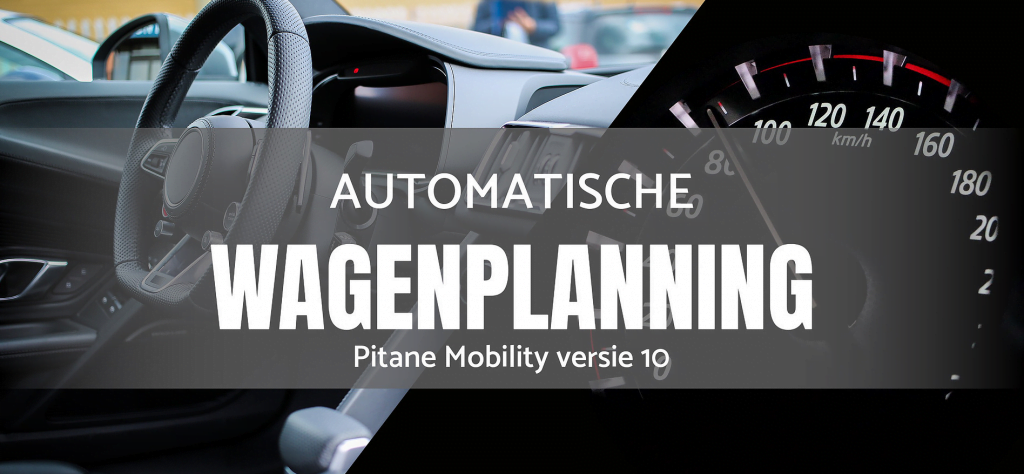Since July 1, 2019, it is allowed to test on public roads with self-driving cars under strict conditions. These are experiments with vehicles where the driver is outside that vehicle, such as a self-driving public transport van with a remote operator.
Before the Minister of Infrastructure and Water Management grants permission for such a test, the application is first assessed by the RDW, the police, the road authority and the Road Safety Research Foundation. They determine whether the risks to road safety are adequately addressed.
The new Experimentation Act came into force on 1 July, making this type of experiment possible. Currently, there are already cars on the road with automated features that support the driver, such as adaptive cruise control, automatic parking and lane-keeping systems. However, these are not self-driving vehicles, such as those currently being developed by manufacturers.
Minister Cora van Nieuwenhuizen of Infrastructure and Water Management:
"The car of the future is designed today. Self-driving transport offers opportunities to improve road safety and reduce the number of traffic jams caused by accidents. It is important that we prepare our roads and legislation for this. And that we do not wait until these cars are for sale. That is why we now offer manufacturers the opportunity to experiment with these types of vehicles on public roads. Where the safety of all road users always comes first. "
Since 2015 it has been possible in the Netherlands to test self-driving cars on public roads, but until then there had always been a driver in the vehicle. This new law also allows testing with a remote driver. In addition to public transport buses, this also includes tests with moving roadblocks for the highway with a remote driver.
Different conditions and restrictions apply to the tests. For example, the risks to road safety must demonstrably be kept to a minimum and the remote driver must always have a valid driving license. Furthermore, there is always a defined time within which the tests may take place on a specific road or road section. The results of the experiment must also be fed back to the RDW.
The Netherlands is in the leading group of countries that are preparing for self-driving transport. The results of these experiments will be used to see whether current legislation complies nationally and internationally or whether it should be further adapted to the car and transport of the future.




